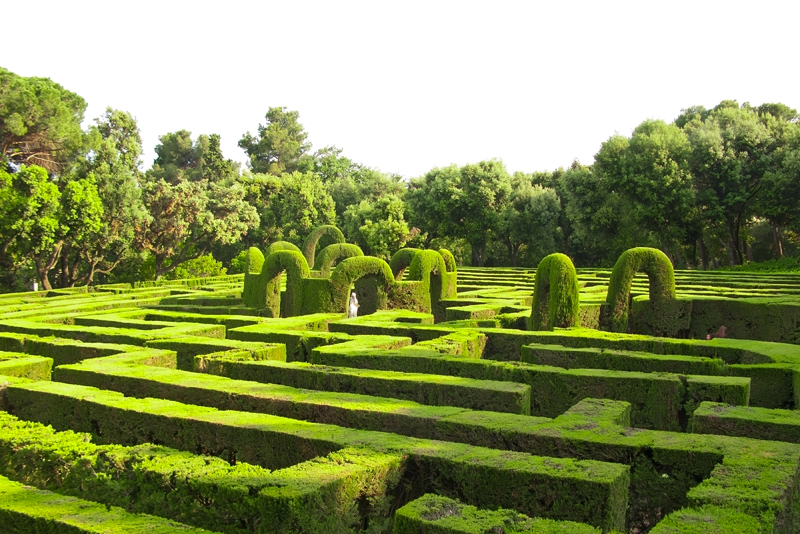Campanula or Bellflower

One of my favorite English flowers is Campanula, also known as bellflower or harebell. Every quintessential English cottage garden has some variety of Campanulas, so it’s a must when creating an English garden.
It’s pronounced Kam-PAN-ew-la. The word ‘campan’ is Latin for bell.
This is sometimes called the cup and saucer flower, as the flowers look like a dainty cup sitting in a saucer (if you use your imagination!) Campanula rotundifolia is also known as Bluebells-of-Scotland. It’s native to Great Britain.
The Campanula genus has over 1500 species found throughout the world. Most have blue or white bell-shaped flowers (hence the common name), but you can sometimes find lilac or pink flowers as well. There are several worth considering for the home garden.
I have three favorites, all hardy to Zone 3 in the U.S.
Campanula carpatica, or Carpathian Bellflower, is a tidy mounded plant that is under one foot tall. It blooms in June to early August. ‘Blue Clips’ and ‘White Clips’ are commonly found varieties. Use it as an edging plant in the front of your English border.
Campanula poscharskyana, or Serbian bellflower, is a trailing perennial that looks lovely hanging over a wall or planter box. It also does beautifully tucked into pockets of a rock wall, or around rocks in a rock garden. It flowers in June or July and does best in part shade. It’s a bit shorter than carpatica.
Campanula percisifolia, or peach-leaved bellflower, has tall flower stalks that rise 2 to 3 feet over the low mound of leaves. Because of its height, use this in the middle of the border. It’s easily found in blue or white flowers and blooms throughout the summer. This one can be used as a cut flower due to its longer flower stalks.
These are all perennial. They like moist but well-drained soil and sun or part shade. They will flower a bit longer if you keep them deadheaded regularly. Bellflowers will re-seed a bit, but usually not invasively.
I hope you’ll love Campanulas in your garden as much as I do!
It’s pronounced Kam-PAN-ew-la. The word ‘campan’ is Latin for bell.
This is sometimes called the cup and saucer flower, as the flowers look like a dainty cup sitting in a saucer (if you use your imagination!) Campanula rotundifolia is also known as Bluebells-of-Scotland. It’s native to Great Britain.
The Campanula genus has over 1500 species found throughout the world. Most have blue or white bell-shaped flowers (hence the common name), but you can sometimes find lilac or pink flowers as well. There are several worth considering for the home garden.
I have three favorites, all hardy to Zone 3 in the U.S.
Campanula carpatica, or Carpathian Bellflower, is a tidy mounded plant that is under one foot tall. It blooms in June to early August. ‘Blue Clips’ and ‘White Clips’ are commonly found varieties. Use it as an edging plant in the front of your English border.
Campanula poscharskyana, or Serbian bellflower, is a trailing perennial that looks lovely hanging over a wall or planter box. It also does beautifully tucked into pockets of a rock wall, or around rocks in a rock garden. It flowers in June or July and does best in part shade. It’s a bit shorter than carpatica.
Campanula percisifolia, or peach-leaved bellflower, has tall flower stalks that rise 2 to 3 feet over the low mound of leaves. Because of its height, use this in the middle of the border. It’s easily found in blue or white flowers and blooms throughout the summer. This one can be used as a cut flower due to its longer flower stalks.
These are all perennial. They like moist but well-drained soil and sun or part shade. They will flower a bit longer if you keep them deadheaded regularly. Bellflowers will re-seed a bit, but usually not invasively.
I hope you’ll love Campanulas in your garden as much as I do!
You Should Also Read:
How to plant perennials
Planning an English Garden border
Top Ten English Garden Plants

Related Articles
Editor's Picks Articles
Top Ten Articles
Previous Features
Site Map
Content copyright © 2023 by Carol Chernega. All rights reserved.
This content was written by Carol Chernega. If you wish to use this content in any manner, you need written permission. Contact Carol Chernega for details.


